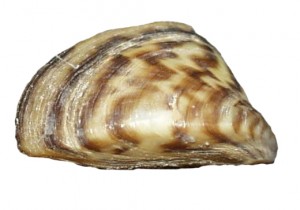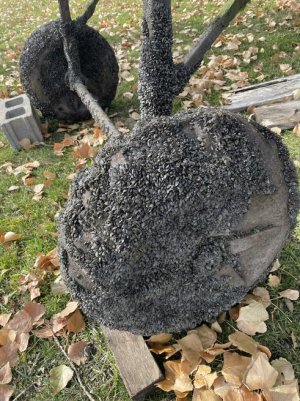Yes, Francis Case has them. So I am guessing Sharpe does too, lots of boat hopping there. And if Sharpe does, Oahe will too. With the amount of OOS spring fishing that happens on Francis Case it isn't a surprise. And they're taking them home to their lakes now too.
Pickerel Lake in NE SD just was discovered to have zeebs too. So that means a lot of the NE part of the state is now going to have them shortly too.
It's too much of a blanket statement to say that zeebs are over-rated. They will probably help certain waters but hurt others. Erie is a monster in itself as Allen noted. I don't think we have anything that compares to that situation in ND or SD. The effects of the zeebs in Erie are still occuring, listening to podcasts from Ross Robertson (the Erie guy IMO), he talks about that at length. Water clarity is changing and the fishing is changing with it. In other articles I have read about lakes in MN that have gotten zeebs, the fishing has changed considerably. Clearer water, deeper fish. Takes awhile for fisherman to adapt, many have fished a lake their whole lives and all of a sudden can't catch anything once the changes take place.
I hate to throw in the towel but the floodgates are open. We may be able to slow it but they'll be everywhere soon enough.


